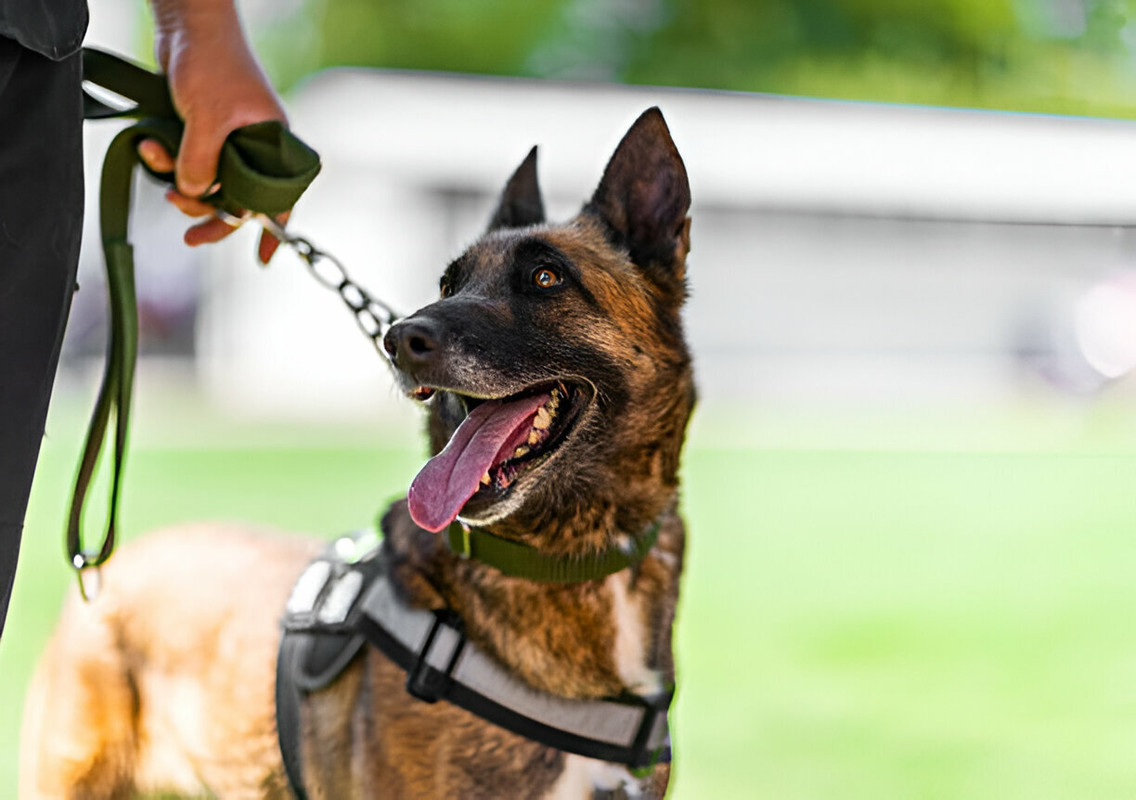
Do you find yourself often at the end of your tether with your canine companion who just won't follow your lead? Have you experienced frustration at the sight of your dog doing exactly the opposite of what you're so patiently trying to teach them? Perhaps the thought has come to you, "Is there a method to this madness " You're not alone in your journey for a quiet, well-trained pet. In this blog post, we'll delve into the different methods of dog obedience training, breaking down their intricacies to help you find the right approach.
Training your pet can sometimes seem like an insurmountable challenge, but with patience, understanding, and the right techniques, you can shape your dog's behavior to achieve harmony in your home. The objective is to arm you with knowledge that will help you become not only a pet-owner but also a proficient pet-parent.
The beauty of dog training is that it strengthens the bond between you and your furry friend, neurologically stimulating them, and improving their overall wellbeing. So, let's unearth these different methods and understand how they can transform your pet-owning journey.
The "Why" of Dog Obedience Training
Understanding the need for dog obedience training is the first crucial step. It's not merely about imparting etiquette to your pup or dog; instead, it's about creating a safe and friendly environment for both you and your pet. Untrained dogs can often partake in destructive behavior, endangering themselves, and their surroundings. Training helps in mitigating these issues and promoting happiness and harmony.
Furthermore, training leads to a well-socialized pet. Dogs, like humans, need social contact, and training assists in keeping their destructive aggression at bay. Not to forget the mental stimulation provided by the training. Just like a well-oiled machine, a well-stimulated brain in pets leads to overall healthy living.
Lastly, who doesn't want a pet that is disciplined, friendly, and well-mannered? Having an obedient pet only fosters a more robust bond and solid companionship.
The "What": Different Methods
Understanding the different methods of dog obedience training is fundamental. The most common ones include positive reinforcement, clicker training, model-rival or mirror training, and relationship-based training.
Positive reinforcement works by rewarding good behavior and ignoring the undesired. This method requires consistency and a lot of patience, but the result is a happy, well-behaved pet.
Clicker training, a variant of positive reinforcement, sends an audible signal to the dog when the desired behavior is achieved. The sound of a click is followed by a reward, helping the dog make a positive association.
Model-rival or mirror training capitalizes on the dog's natural instinct to observe and mimic. By demonstrating the desired behavior ourselves or using other dogs as an example, we can get the dog to mirror them.
Relationship-based training emphasises the bond between the pet and the owner, focusing on the needs of both and striving to fulfill them for an overall pleasant relationship.
The "Masters and Cons" of Puppy Compliance Preparing
Like all things, obedience training has its own sets of pros and cons.
The pros include a well-behaved pet, reduced anxiety in dogs, and better connection and relationship with your pet. Obedient pets are also stress-relievers and contribute positively to the pet owner's mental health.
However, certain training approaches may result in fear or aggression if not executed correctly. Moreover, some methods require a significant time investment to achieve positive results.
Conclusion
Dog obedience training holds the key to having an enduring and love-filled relationship with our furry friends. Depending on your pet's personality traits, the right training method may vary. Remember that training is less about dominance and more about communication and understanding. Your efforts will pay off in the form of a well-behaved, mentally stimulated, and overall happy pet, so muster up that patience and give your four-legged friend the best possible environment to thrive in. And who knows? You might learn a few things about perseverance and compassion too in the process. It's a win-win after all.
Remember, every dog is unique and responds differently. It's essential to tailor your training routine to your pet's individual needs for better results. The journey might be challenging, but the resulting trust, companionship, and mutual respect make the journey worth it. Here’s to a more fulfilling, obedient, and joyful pet-owning journey!











No comments:
Post a Comment